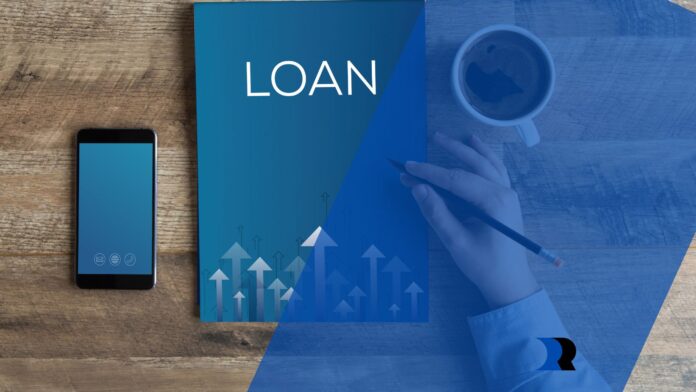Payday loans are often viewed as a quick solution to a short-term financial shortfall. Typically, they offer a small amount of money to be repaid on the borrower’s next payday.
However, the convenience of payday loans comes at a significant cost, and understanding these costs is crucial for anyone considering this financial option. This article delves into the real costs of payday loans, aiming to equip readers with comprehensive knowledge to make informed decisions.
Interest Rates and Fees
Payday loans are notorious for their exorbitant interest rates and fees. These costs can significantly inflate the amount that must be repaid, far beyond the original loan amount.
- High APRs: The Annual Percentage Rate (APR) on payday loans can exceed 400%, a stark contrast to the APRs of traditional bank loans or credit cards, which usually range from 12% to 30%. This high APR is due to the short-term nature of the loan and the high fees charged by lenders.
- Fees: In addition to high-interest rates, payday loans often come with various fees, including origination fees, processing fees, and late payment fees. These fees can add up quickly, increasing the total cost of the loan.
Understanding the cumulative effect of these interest rates and fees is essential for borrowers. A loan of $500 can easily end up costing several hundred dollars more, just in interest and fees, making it much more challenging to repay.
Debt Cycle Risk
The structure of payday loans poses a significant risk of creating a cycle of debt for borrowers. This cycle can be difficult to break and can lead to long-term financial difficulties.
- Rollover fees: If a borrower cannot repay the loan by the due date, lenders often offer the option to rollover the loan into a new loan, but this comes with additional fees and interest, further increasing the debt.
- Repeat borrowing: Many borrowers find themselves taking out additional payday loans to pay off the first, creating a cycle of borrowing that can be hard to escape. This cycle is exacerbated by the high costs associated with each loan.

The risk of falling into a debt cycle is a critical consideration for anyone thinking about taking out a payday loan. It’s important to have a clear plan for repayment before accepting the loan to avoid this trap.
Impact on Credit Scores
The relationship between payday loans and credit scores is a nuanced aspect of personal finance that borrowers must consider. Payday loans can directly and indirectly affect an individual’s credit score, which in turn impacts future borrowing capabilities.
- Direct impact: Generally, payday lenders do not report to the credit bureaus unless a loan goes into collections. Therefore, simply taking out a payday loan and repaying it on time might not improve your credit score. However, if you fail to repay the loan and it is sold to a collection agency, this can be reported and will likely hurt your credit score.
- Indirect impact: Payday loans can indirectly affect your credit score by making it more challenging to manage other debts. The high costs associated with payday loans can divert funds away from regular debt obligations, such as credit card payments or loans, leading to late payments or defaults. These events are reported to credit bureaus and can significantly lower your credit score.

Understanding how payday loans can affect your credit score is crucial for managing your financial health. While they may not directly improve your credit score, failing to manage a payday loan responsibly can lead to negative consequences that hinder your ability to secure future financing. Borrowers need to consider the potential long-term effects on their credit scores when deciding whether to take out a payday loan.
Alternatives to Payday Loans
Before resorting to a payday loan, it’s worth exploring other financial options that may be available.
These alternatives can provide the needed financial support without the high costs associated with payday loans. However, for those who have weighed their options and still find that a payday loan is their best course of action, researching the best payday loans online can provide insights into lenders who offer comparatively better terms within the realm of payday lending.
- Personal loans: These come with lower APRs compared to payday loans and offer longer repayment periods, making them a more manageable option for many borrowers.
- Credit union loans: Credit unions often offer payday alternative loans (PALs) with significantly lower fees and interest rates than traditional payday loans.
- Payment plans: Negotiating a payment plan with creditors or seeking assistance from a nonprofit credit counseling service can provide relief without the need to borrow at high rates.
Exploring these alternatives can prevent the high costs and debt cycle risk associated with payday loans, offering a more sustainable financial solution.
Conclusion
Payday loans may seem like a convenient option for immediate financial needs, but the real costs—high interest rates and fees, the risk of a debt cycle, and the availability of better alternatives—make them a choice to be approached with caution.
By understanding these costs and considering other financial options, individuals can make informed decisions that support their long-term financial well-being. Making informed choices is crucial in managing personal finances effectively, and this knowledge serves as a foundation for achieving financial stability without falling into the payday loan trap.


